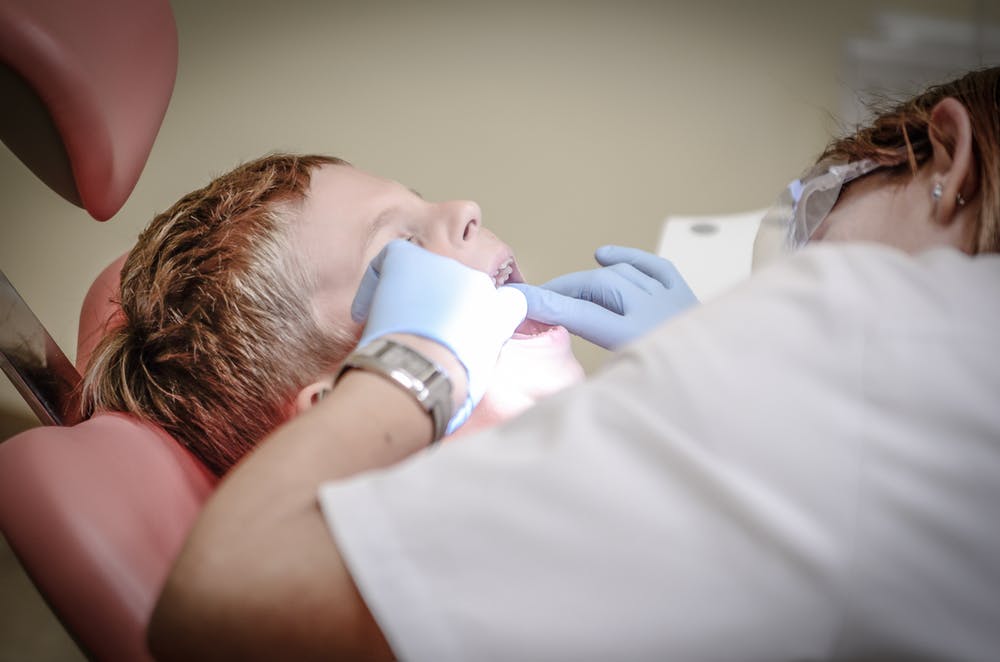When it comes to dental health, there are surgical procedures that are required from time to time to ensure that your teeth and gums remain in good condition. Learning more about dental surgery and what it entails can ensure you fully understand and upcoming procedure and can go to your appointment at ease. Below are a few examples of common types of dental surgery and the procedures associated.
Impacted wisdom teeth
One of the most common types of dental surgery is impacted wisdom teeth. The third molars are the last teeth to develop and often cause issues due to being impacted. When the teeth do not erupt, they must be removed. In some patients, the wisdom teeth will be coming in at an angle and without removal, they can become painful or damage other existing teeth.
The procedure for this surgery is removal of the wisdom teeth. An oral surgeon will provide a sedative so that the patient is fully asleep and unaware of the teeth removal process. After surgery, patients must follow strict guidelines to avoid issues like bleeding or infection.
Dental implants
Another common surgery type involves providing teeth implants for missing teeth. When a tooth is missing, an implant can be surgically added to the mouth to create the appearance of a natural tooth. A metal post is added to the jawbone and then it fuses with gum tissue and bone in time. The foundation is then set and ready for an artificial tooth or crown.
Offices like 123 Dental offer dental implant services so patients have access to a long-term treatment option for missing teeth.
Reconstructive surgery
If you have facial injuries or teeth have been knocked out, completing daily tasks like eating can be difficult. With a reconstructive surgery, missing or damaged teeth can be replaced. Any damage to the gums or jawbone can be treated along with jaw joint issues. This type of surgery often takes place after a car accident or other traumatic event, as well as sports injuries.
Jaw surgery
Another option for surgery is when the jaw is not properly aligned. For some patients, the jaw is misaligned, and it can create issues with the appearance of your mouth as well as function. You may have difficultly speaking or pain when eating food. With this dental surgery, your jaw will be corrected, and function restored.
Pre-Procedure and post-op
Before and after any dental surgery, you will be prepped with instructions. Before surgery, a treatment plan will be provided along with information on options for anesthesia. You can ask any questions at this time about the procedure. General anesthesia is usually used so that the patient is not uncomfortable during the surgery.
After surgery, you will undergo a recovery period. After general anesthesia is administered, you will need help getting home. You will also be groggy and need someone to care for you for a short time. Medication may also be prescribed for pain.
Now that you know a little more about the process of dental surgery, you can feel better when undergoing such procedures. Always talk to your dentist about what to expect so you can be calm and stress free as you undergo surgery.

